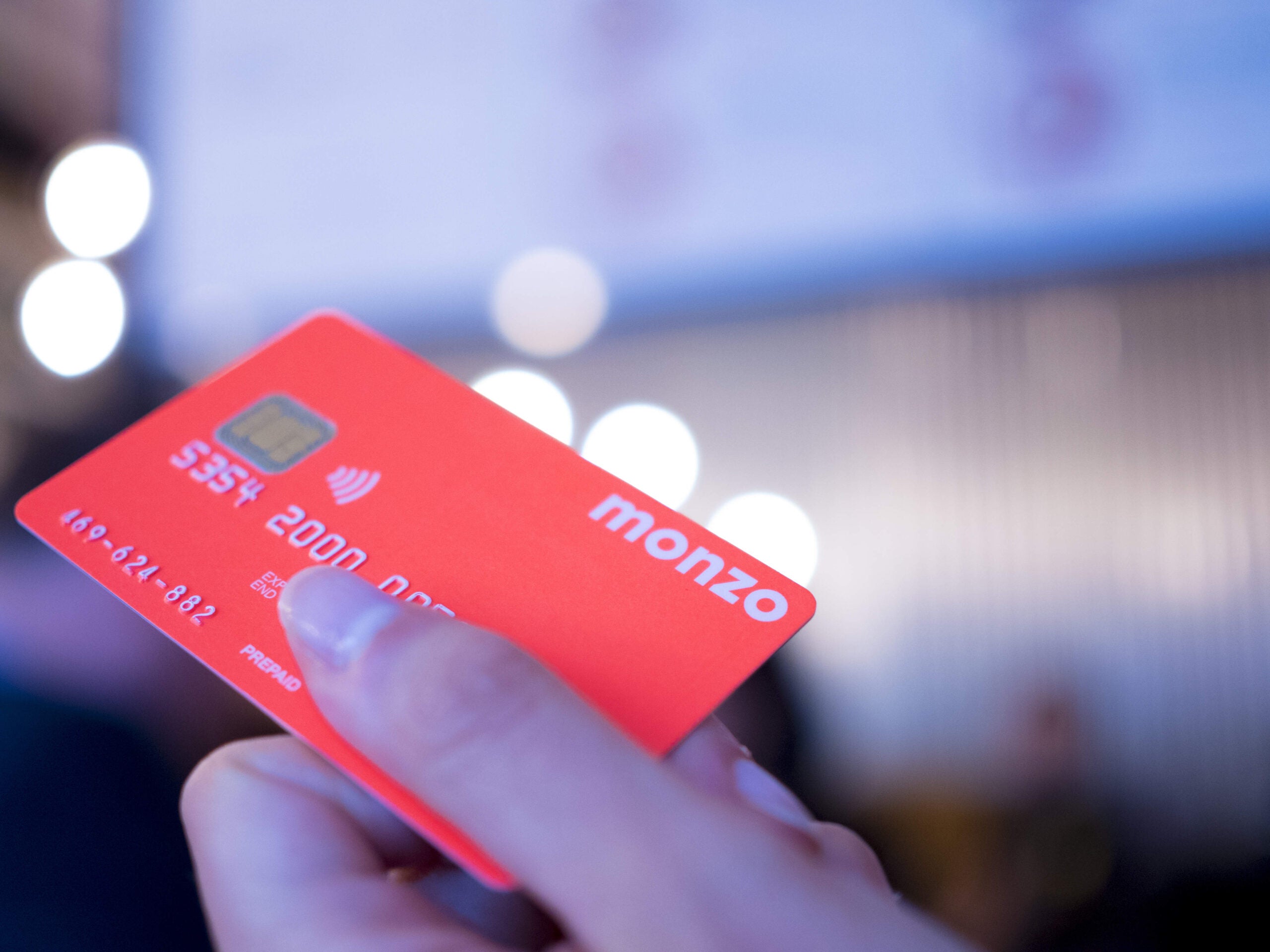
Challenger banks and fintech start-ups are constantly unveiling offerings that are intended to excite customers. Real-time updates, free banking solutions, and more are all in the market trying to earn a decent share of customers. But can you make money through this? Patrick Brusnahan investigates
In the year ending 28 February 2017, much-hyped start-up bank Monzo reported a loss of £6.7m ($8.6m). This is over four times the £1.4m loss reported in the year previous.

Access deeper industry intelligence
Experience unmatched clarity with a single platform that combines unique data, AI, and human expertise.
However, customer growth looks good for Monzo. When the results were released, Monzo had acquired 240,000 customers.
Speaking to RBI, Tom Blomfield, CEO of Monzo, says: “Customer growth has actually accelerated. In the last six months, from January to June, we’ve averaged user growth of 5% week-over-week and almost entirely organically. We’re not paying to acquire users and we’re growing rapidly. Even since we published results, we hit 270,000 accounts.
“That’s a really good sign that we’re able to acquire the volume of users that we need without having to pay customer acquisition, which for a bank may usually be £100-200.”
Monzo: More customers, more problems?
A quick growth has its downsides. Monzo hasn’t fully launched its current account; there are 92 at the moment with a target of 20,000 in the next three months. This means that the large majority of Monzo’s customers are on their prepaid account and actually costing Monzo money.

US Tariffs are shifting - will you react or anticipate?
Don’t let policy changes catch you off guard. Stay proactive with real-time data and expert analysis.
By GlobalData“We are absolutely losing money per user and as we grow our users faster, we lose more and more money,” Blomfield explains.
“It’s not something we’re worried about, but it does mean we’ll go out and raise more capital than we originally intended and sooner than we originally intended. It’s hard to say exactly how much. At the low end, between £20m and £25m, but at the high end, a number a lot larger than that.”
So how can Monzo lower the costs of keeping their customers? And even make a profit? Something needs to happen soon before problems arise. Moving to Monzo’s technology could certainly help stop the outage that the prepaid service has seen, making the prepaid account useless until back online.
Blomfield says: “By the end of the year, everyone will be on the current account. We’re intending to shut the prepaid card down entirely by the end of 2017. A prepaid card currently loses in the region of £40-50 per year per customer. By moving to the current account, the loss goes to about £20 simply because we’re running it through our own technology.
“The challenge for next year is to add £10 of revenue per customer, that’s through things such as overdraft lending. Over the next two years, we certainly want to make progress from loss per customer to profit per customer.”
Charging towards a profit
Another start-up, Cashplus, recorded very different results. 2017 saw the firm take in £5.6m in profits, the sixth year in a row it has turned one. It has also garnered 1.6 million UK customers since its founding in 2004, with approximately 170,000 of them actively using the account’s card.
How has it managed to create a profit in a time of major competition? Cashplus’ CEO Rich Wagner tells RBI: “I hate to say we are ‘this’ and others are not, but we do have a very strong business discipline. You look at the customers you have and the customers you want. Then, you validate what those customers need and you deliver products in a way that services what they need that others don’t do in a consistent way. We’ve proven that over the last six years.”
One advantage that Cashplus has in comparison to Monzo is that it is not a bank. With regards to that, it doesn’t have to pay the heavy fees required of banks.
Wagner explains: “We would consider ourselves a bank, but the regulator does not. We certainly see ourselves as offering banking solutions to customers and we do it through regulatory permission with our e-money license and our consumer credit license. The whole thing really is a bank account now.”
While Wagner does not see regulation as a benefit, but he states one advantage Cashplus maintains is its collection of fees.
“With us, you will be charged for a product,” Wagner adds.
“We don’t try to charge hidden or surprise fees. Monzo consciously went out with a free card, free transaction fees, free ATM usage, and free forex. They’re trying to make it all free for the customer, something we’d all love to provide. I know the high street banks say that they provide free banking, but the Treasury says that the average free bank account costs £151 a year. There’s no such thing as free banking.”
Wagner concludes: “When Monzo says ‘I need to offer free banking’, they aren’t commercially looking at the overall impact down the line. They are delighting their customers, but you can’t lose £8m a year for very much longer.”







